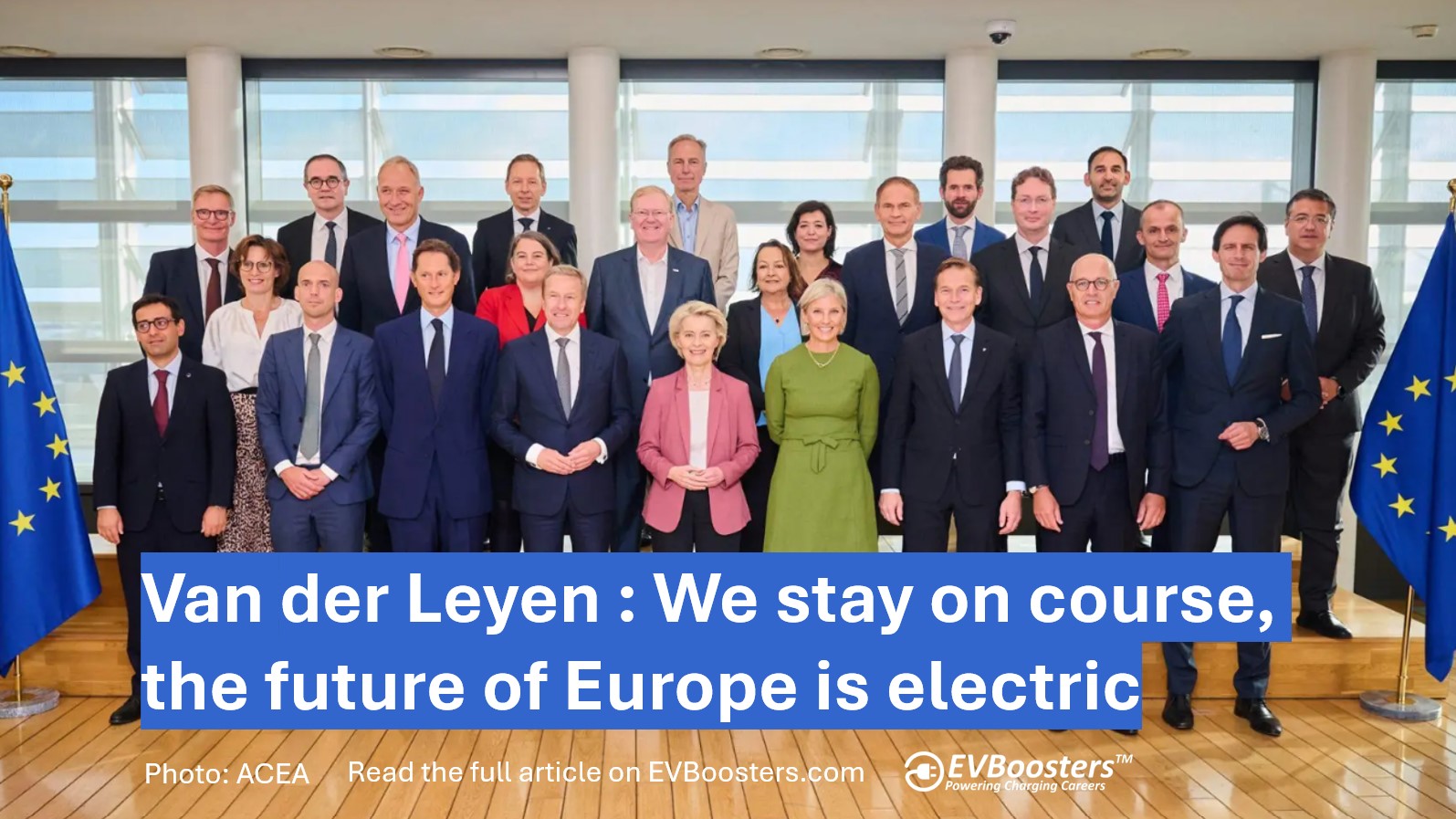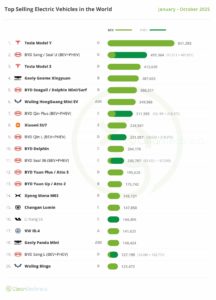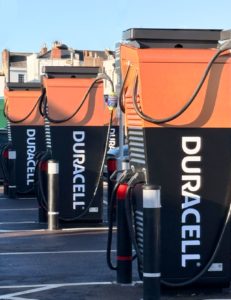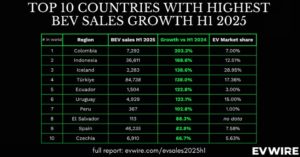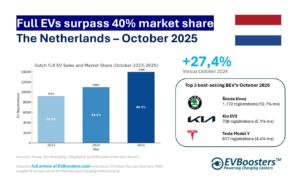Laggards still depend heavily on combustion sales
Much of the pushback has come from manufacturers that risk missing their own electrification milestones. Mercedes-Benz CEO and ACEA President Ola Källenius has argued repeatedly for more flexibility, calling on Brussels to leave room for hybrids, range extenders, hydrogen, and synthetic fuels. BMW chief Oliver Zipse has gone further, branding the 2035 ban a “big mistake” and warning against overreliance on battery technology.
These positions are less about principle than about preparedness. Both companies have ambitious EV programmes, but remain heavily dependent on combustion sales. The looming deadline threatens their margins — hence the calls for delay or loopholes.
By contrast, the carmakers that have already made big strides toward electrification are urging the Commission to stand firm. Audi CEO Gernot Döllner has warned that reopening the debate is “counterproductive”, arguing it diverts resources away from scaling up EV production. Volvo Cars has backed the regulation from the start, with CEO Håkan Samuelsson insisting there is “no turning back” from full electrification. Polestar chief Michael Lohscheller has similarly pressed Brussels not to water down the targets, calling them essential for innovation and Europe’s credibility as a global leader.
This divide has become the defining fault line: those who are behind seek concessions, while those on track want clarity and stability.
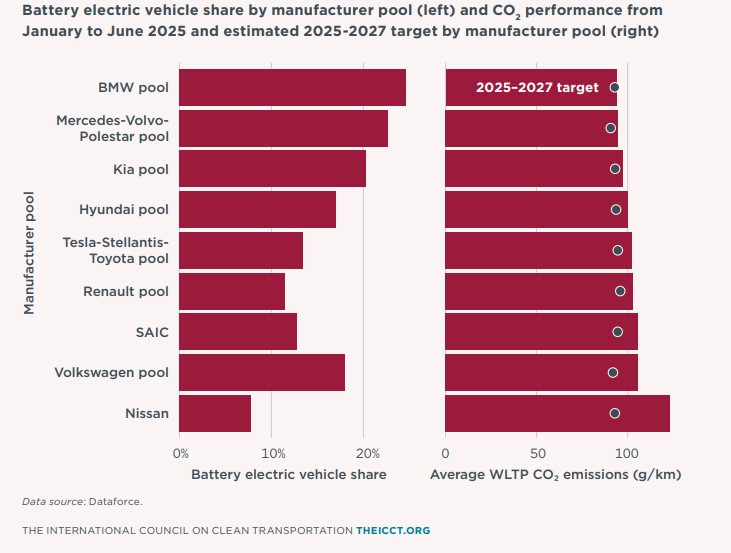
Early review and small EV incentives
Although von der Leyen rejected calls to weaken the 2035 mandate, she did offer one concession: the review of EU CO₂ regulations will now begin in 2025, a year earlier than planned. This will allow policymakers to address pressing concerns around affordability and competitiveness sooner.
A key part of this discussion is the creation of a new regulatory category for small EVs, which could benefit from lower taxation and additional CO₂ credits. The idea is to stimulate demand for compact, affordable cars made in Europe, and to ensure that ordinary households — not just premium buyers — are part of the transition.
To explore these questions, two working groups will be established: one on which technologies and fuels could realistically contribute to the 2035 target, and another on incentives for small EVs.
Infrastructure and industrial competitiveness
The summit also underscored the importance of Europe’s EV ecosystem. Charging infrastructure has now passed the symbolic milestone of one million public charging points, and deployment is running ahead of EU minimum targets. Still, access remains uneven across the continent, with rural areas lagging behind urban hubs.
At the same time, Europe’s battery supply chain remains a weak point. Von der Leyen stressed that the EU must expand its own production capacity, both to reduce reliance on imports and to ensure that environmental and human rights standards are upheld across the value chain. “Climate policy and industrial policy go hand in hand,” she said.

Tens of thousands of premature deaths
The Commission also reminded the industry of the broader benefits at stake. By sticking to the 2035 zero-emission mandate, the EU not only ensures progress on climate targets but also stands to deliver enormous public health gains by cutting air pollution. Studies suggest the current standards could prevent tens of thousands of premature deaths in the decades to come.
For Brussels, the choice is made: the 2035 goal stands firm. The challenge now lies in ensuring affordability, expanding infrastructure, and securing supply chains — so that the transition is not just ambitious, but also fair and achievable.
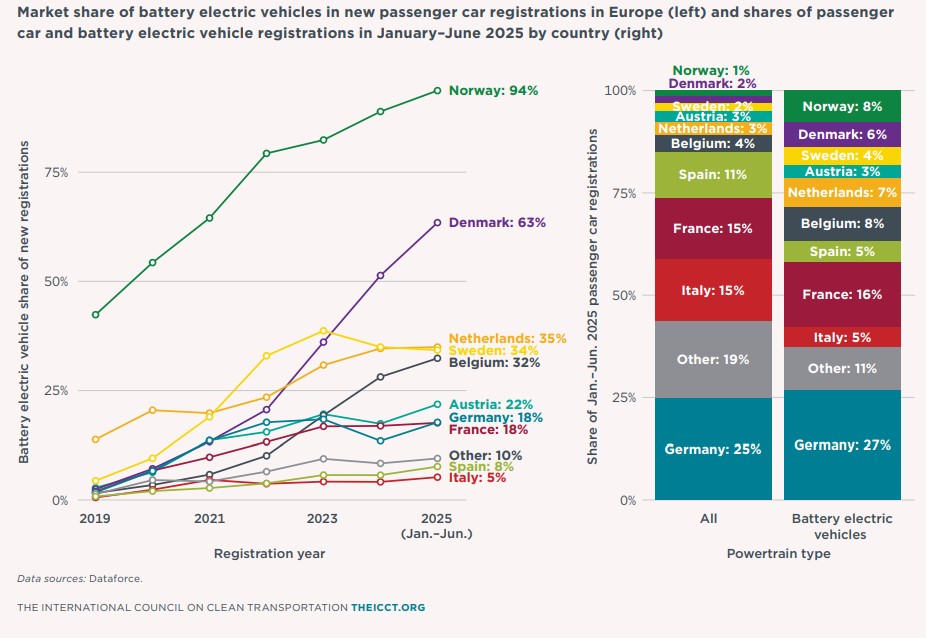
Clarity for the frontrunners, pressure for those behind
The Brussels 3rd summit showed a Commission that is determined to hold its line. Ursula von der Leyen and her team have resisted pressure from lagging carmakers, while offering targeted measures such as incentives for small EVs to keep the transition socially balanced.
For most carmakers, the outcome provides certainty in investing in electric mobility. For the laggards, it increases the pressure to catch up. One thing is clear: Europe’s automotive future is electric, and there will be no turning back.
Sources: This article is based on reporting from the European Commission, Electrive, Euronews, FAZ, and supporting insights from the ICCT Transition Check Report 2025.

